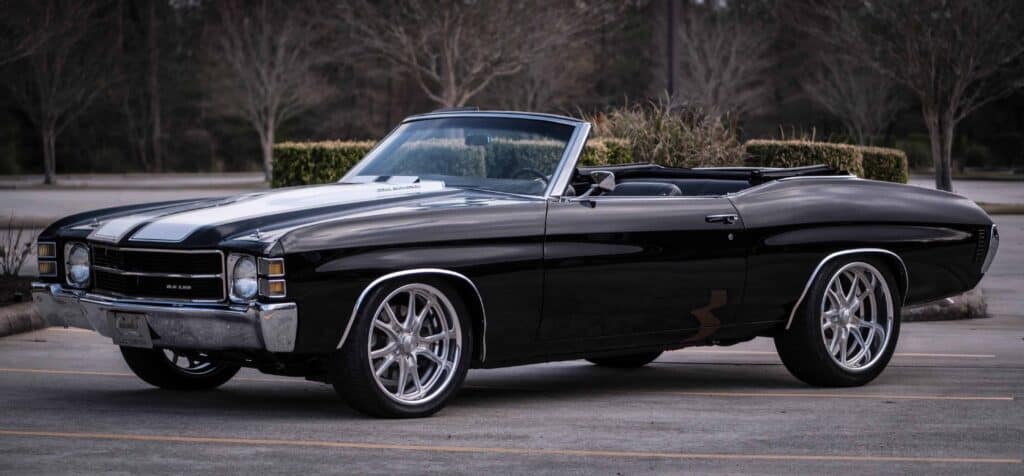Some hard-core collectors believe that adding air conditioning to a vintage or classic muscle car that didn’t come with it from the factory is sacrilegious. The upgrade option is accessible on even the most uncommon of automobiles for individuals seeking comfort. We look further into the topic of Air Conditioning in a Classic Vehicle.
Here, we’ll explore buying replicated and standalone aftermarket systems. Examine the installation challenges and price ranges to see whether upgrading your classic is good for you.
The History of Car Air Conditioning
Although some Packard and Cadillac vehicles had air conditioning in the 1940s, it wasn’t until 1953 that new technology pushed the system to the next level.
Chrysler’s trunk-mounted air-temp cooling system’s improved this year. It debuted on the 1953 Chrysler Imperial and could cool the cabin by 30 degrees in five minutes.
Its efficiency was due to the recirculation feature, which cooled already-cooled air again. The package shelf behind the back seat emitted cool air near the headliner to cool the cabin.
Factor Options?
Even so, the factory-installed option didn’t fully take off until the mid to late 1960s. GM partnered up with Frigidaire, one of the most prominent refrigerator manufacturers at the time.
GM made use of the well-known brand name and advertised in showroom windows that this desirable improvement was available. Moreover, half of the cars built in the United States had air conditioning by the 1970 model year.

Adding Air Conditioning in the Factory Style
When original air conditioning was an option on your precise model, adding AC to a classic car was a lot easier. These cars have factory and aftermarket parts.
Factory-style heating and air-conditioning control panels are available in kits with template brackets that make the finished installation look like it’s always been there and belongs on the car.
Check out the Ford Galaxy 500 for an illustration of the kit’s contents. This package includes an evaporator assembly, condenser and mounting kit, precise fit AC hoses, a compressor with high and low-pressure cut-off controls, and all mounting brackets.
When it comes to adding factory-type air conditioning to a car that didn’t come with it from the factory, a junkyard is a common alternative. The removal of most components, such as the control panel, compressor, and hoses, is simple.
If the car has been outside for a long time, the evaporator and brackets will be tough to replace. Keep in mind that companies that specialize in vintage air conditioning can recondition junkyard parts.
Adding Air Conditioning to Vintage Automobiles
If your car was built before the 1960s, you should get a standalone aftermarket system. Several firms specialize in low-profile hang-on systems that supply enough cool air without detracting from the interior and engine compartment’s natural attractiveness. Vintage Air supplies ready-to-install air conditioning systems for late 1920s autos.
Sure fit systems are also available to replace faulty air conditioning in popular muscle cars from the 1960s and 1970s. Kits are available for automobiles that came equipped with air conditioning as well as those that were not.
There is nothing money can’t repair, claim classic vehicle collectors. It only takes time and money to bring the comfort of a properly operating air conditioning system to your historic car.
If your looking for a classic car with Air Conditioning go visit Elite Restomods.


